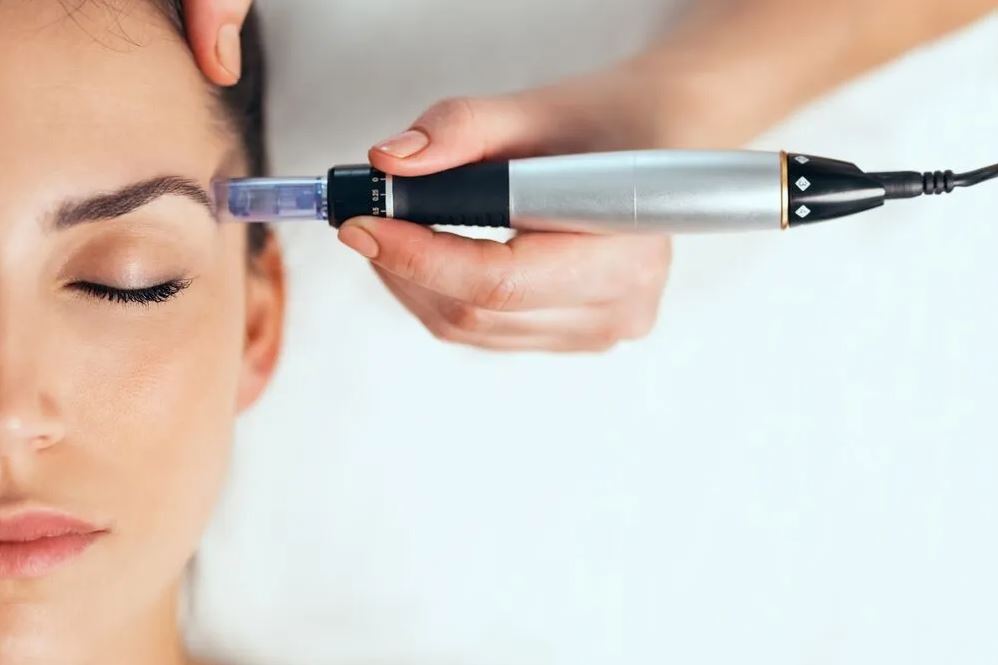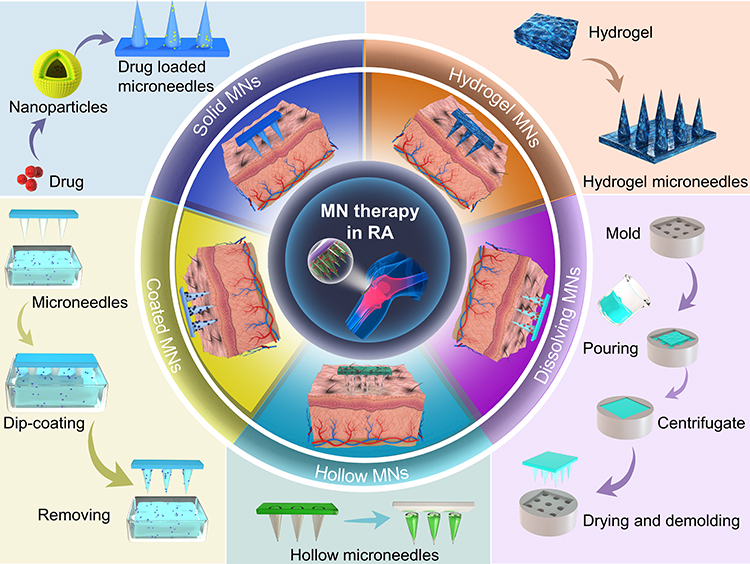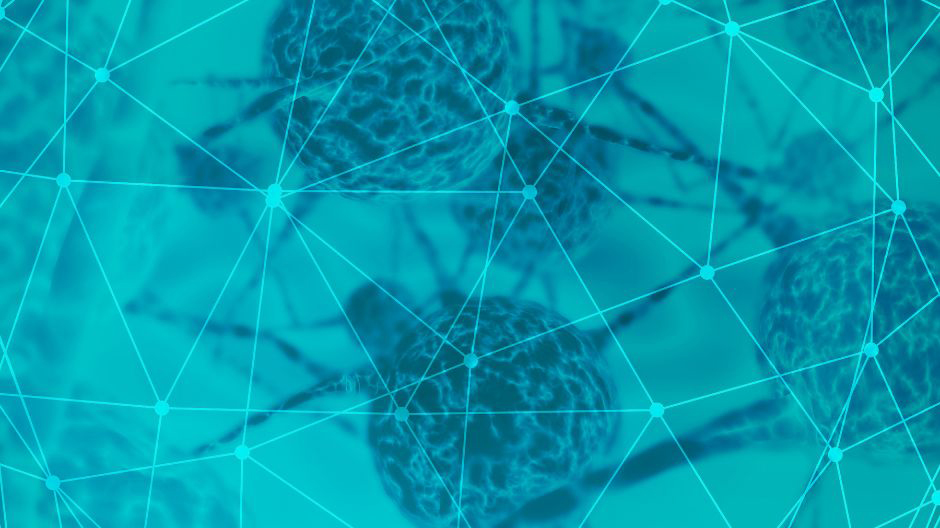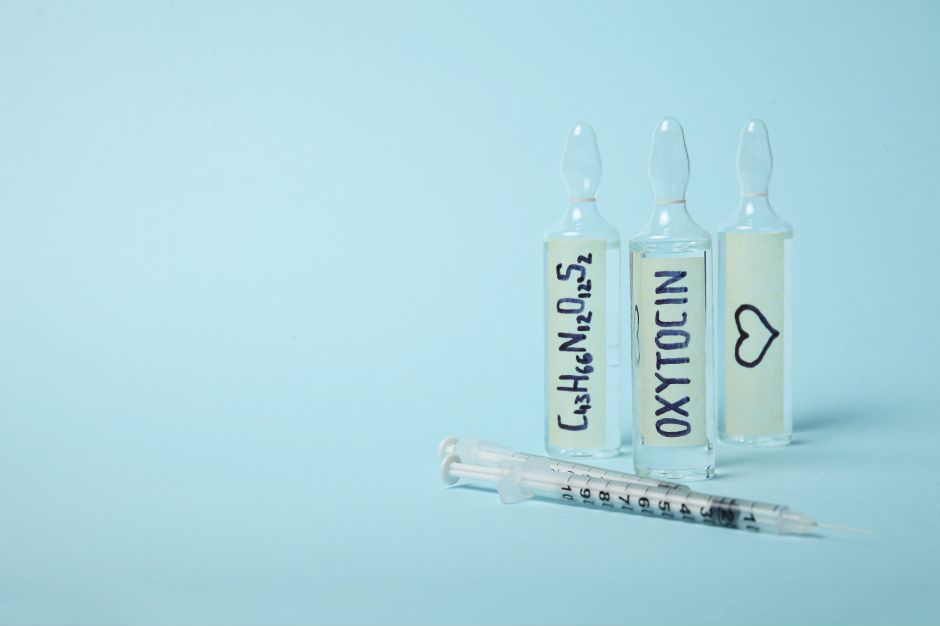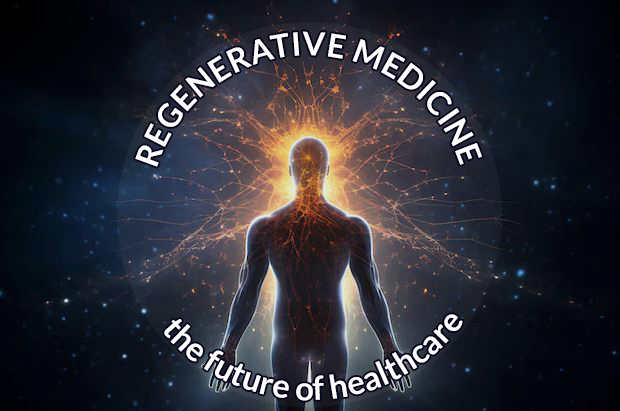The Healing Power of Shockwave Therapy: A Breakthrough in Pain Management
Introduction
In recent years, shockwave therapy has emerged as a revolutionary treatment option for various musculoskeletal conditions services, offering a non-invasive solution for chronic pain and injury recovery. Originally developed for breaking down kidney stones, this technology has been adapted and refined to treat conditions such as plantar fasciitis, tendinitis, and more. This blog post delves into the science behind shockwave therapy, its applications, and the benefits it offers to those seeking relief from persistent pain.

Understanding Shockwave Therapy
Also known as extracorporeal shockwave therapy (ESWT), utilizes high-energy sound waves to stimulate the body’s natural healing processes. These sound waves are delivered directly to the affected area, promoting increased blood flow, tissue regeneration, and the breakdown of calcifications. The treatment is typically administered in short sessions and does not require anesthesia, making it a convenient option for patients.
Applications of Shockwave Therapy
One of the key advantages of shockwave therapy is its versatility. It is commonly used to treat a variety of conditions, including plantar fasciitis, Achilles tendinitis, tennis elbow, and shoulder calcifications. Athletes, in particular, benefit from this therapy as it accelerates recovery from sports-related injuries, allowing them to return to their activities more quickly. Additionally, it shown promise in treating conditions such as erectile dysfunction and chronic pelvic pain syndrome.
How Shockwave Therapy Works
The process of shockwave therapy begins with the identification of the precise area that requires treatment. Once located, a handheld device is used to emit high-energy sound waves into the tissue. These waves create microtrauma in the affected area, triggering the body’s natural healing response. The increased blood circulation aids in the repair of damaged tissue, while the mechanical effect of the waves breaks down calcifications and scar tissue, leading to improved function and pain relief.
The Benefits of Shockwave Therapy
Shockwave therapy offers several advantages over traditional treatment methods. As a non-invasive procedure, it eliminates the risks associated with surgery and reduces recovery time. Most patients experience minimal discomfort during treatment, and side effects are typically mild and short-lived. Furthermore, shockwave therapy can be an effective option for individuals who have not responded to other treatments, providing a new avenue for pain relief and improved quality of life.
Effectiveness and Success Rates
Clinical studies have demonstrated the effectiveness of shockwave therapy in treating various musculoskeletal conditions. Success rates vary depending on the condition being treated, but many patients report significant pain reduction and improved mobility after just a few sessions. The therapy’s effectiveness is often enhanced when combined with other treatments such as physical therapy, creating a comprehensive approach to pain management.
Considerations and Precautions
While shockwave therapy is generally safe, it may not be suitable for everyone. Patients with certain medical conditions, such as blood clotting disorders or nerve damage, should consult their healthcare provider before undergoing treatment. Additionally, the therapy may cause temporary discomfort, redness, or bruising at the treatment site. However, these side effects are usually minor and resolve quickly.
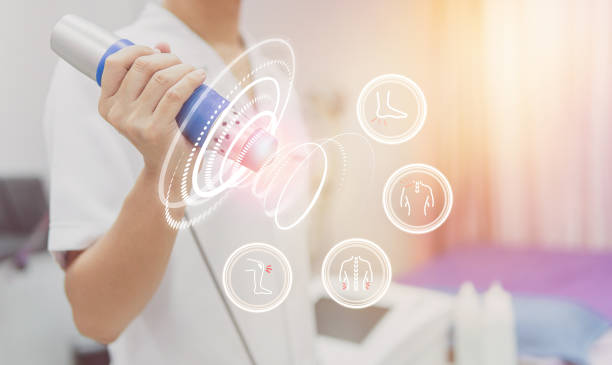
Conclusion
Shockwave therapy represents a significant advancement in the field of pain management, offering a non-invasive, effective solution for a range of musculoskeletal conditions. Its ability to stimulate natural healing processes and provide long-lasting relief makes it an attractive option for those suffering from chronic pain. As research continues to evolve, shockwave therapy is likely to become an even more integral part of the therapeutic landscape, helping countless individuals regain their mobility and quality of life.

